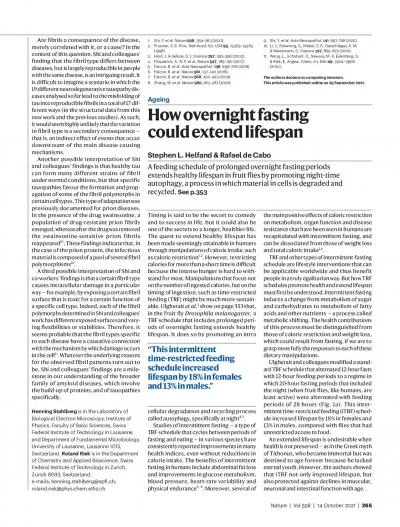PPT-Lifespan Development
Author : pasty-toler | Published Date : 2016-04-30
Tracing the physical social emotional and cognitive development from birth to death Developmental Psychology The study of how people change from birth to old age
Presentation Embed Code
Download Presentation
Download Presentation The PPT/PDF document "Lifespan Development" is the property of its rightful owner. Permission is granted to download and print the materials on this website for personal, non-commercial use only, and to display it on your personal computer provided you do not modify the materials and that you retain all copyright notices contained in the materials. By downloading content from our website, you accept the terms of this agreement.
Lifespan Development: Transcript
Download Rules Of Document
"Lifespan Development"The content belongs to its owner. You may download and print it for personal use, without modification, and keep all copyright notices. By downloading, you agree to these terms.
Related Documents

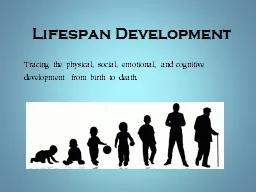


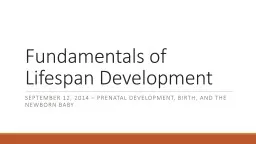
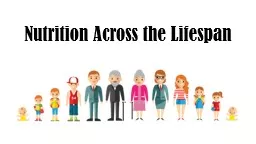

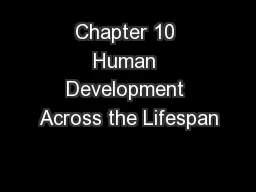

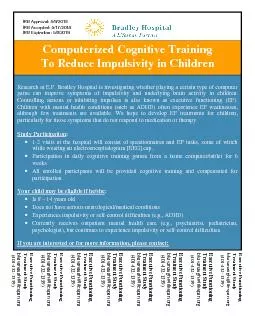
![[READ] - Human Lifespan Development: An ABC Guide for Students (BTEC National Health](https://thumbs.docslides.com/902092/read-human-lifespan-development-an-abc-guide-for-students-btec-national-health-and-social-care-2016.jpg)
![[EBOOK] - Human Lifespan Development: An ABC Guide for Tutors (BTEC National Level 3](https://thumbs.docslides.com/906868/ebook-human-lifespan-development-an-abc-guide-for-tutors-btec-national-level-3-health-and-social-care.jpg)


